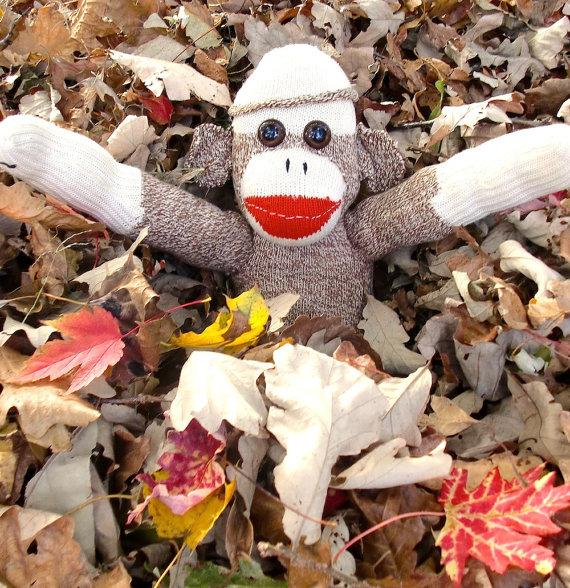Hydromulch Is A Riot, Compost Is A Mosh Pit!
When I think Fall, I think Compost. Well, that and Pumpkins, but even the Pumpkins should eventually be composted. Or fed to your dog to make him more photogenic for the TurfNet Dog Calendar.
 I've never really understood the ultimately non-Amish practice of turfheads allowing good carbons that just need a little transformation to leave the property. So here you come into fall and there exists this great carbon source, albeit a pain in the neck to collect, but hey, run the blowers. And think of yourself collecting dollars just falling from the trees.
I've never really understood the ultimately non-Amish practice of turfheads allowing good carbons that just need a little transformation to leave the property. So here you come into fall and there exists this great carbon source, albeit a pain in the neck to collect, but hey, run the blowers. And think of yourself collecting dollars just falling from the trees.
Seriously, I just love all the smoke blowing that goes on about a facility being all Eco and Enviro. I ask when the compost pile is, I get a blank stare as if suddenly I've just asked them to show me the crazy cat lady aunt that no one really talks about anymore.
All the agronomic benefits aside. With all the leaves, clippings, uneaten clubhouse waste, tree trimmings, murdered green chairmen, road kill, chicken wing bones and other carbon oriented waste, there just really needs to be a compost pile happening at every facility.
So I thought that I'd give you a compost recipe. One that could give you a leg up on making a bit of black gold out of what used to be thought of as junk. Yes, it requires a bit of space and some management, but not lots. And like bread starter, once you get your compost pile going, you can use the base or mother blend to help start future batches because it's all about biology here. You may actually have to bring in some material, like manure (preferably chicken litter), but it's usually only a matter of hunting a bit and paying some trucking costs to get it there and once your compost is going, you won't have to do that as much. As in life, getting shit isn't hard.
Here's an Example Recipe, there are many like it, but this one is mine:
- 1000# Poultry Manure, Dairy Manure or Mushroom Castings (think dark and stinky but inert)
- 3000# Leaves, Clippings, Food Waste, Sawdust, etc. (think rotting carbon sources which wouldn't smell good if left to their own)
- 200# Soft Rock Phosphate
- 200# Hi-Calcium Lime
- 40 pounds of Sugar or 4 gallons of Molasses.
- 20 pounds of Fish Meal or Fish Emulsion. Recently dead animals can be good too.
- 20 pounds of pulped and mashed citrus, potato or beet
- 10 pounds of blood meal or bone meal
- 5 pounds Iron Sulfate
- 2 pounds Copper Sulfate
These ingredients are combined and mixed well in a pile taller than you and wider than 3-4 of you. And if you want you can add more wastes to this, but this is a starting point. It helps to be on a 2-3% grade, but that's not critical. The mineral is critical here. Don't skimp. Most commercial or municipal composts aren't a good product because there is money saved by not adding the mineral. Also, good egg layer poultry manure can be 30% mineral by weight. And that's a huge help.

Moisture is key. Not enough moisture will do a couple of really bad things. First and worst is that the pile will get too hot and whammo, good carbons burnt and gone. And not enough moisture will not really let the process get started and result is a compost that will never finish and transform.
How do you tell if moisture is enough? Simple, take some unfinished wooden rod or broom handle and push into the pile, leaving some sticking out so you can find it. Go away for a couple hours and return and pull the wood. If the rod has turned dark from moisture adsorpition, you have enough moisture. If not, then add water to the top of your pile. In too moist environs, make the pile taller. It will virtually drain itself.
Every 7-10 days, remix, rewet and restack the pile. Keep moisture correct. After 30 days, you should have something really special. The heat will calm down and the material will look nothing like the original.
At this point, you can do a very simple test to see if the compost is done. Pick some material out from the moist layers and squeeze through your fingers. If your hands are stained, the process needs more time. And when you think you have it, you can also send some in to Logan Labs for analysis via the Soil-Vita method, a test to determine carbon strength.
Uses? Please. You'll run out of compost before you run out of cool things to do with it.



0 Comments
Recommended Comments
There are no comments to display.